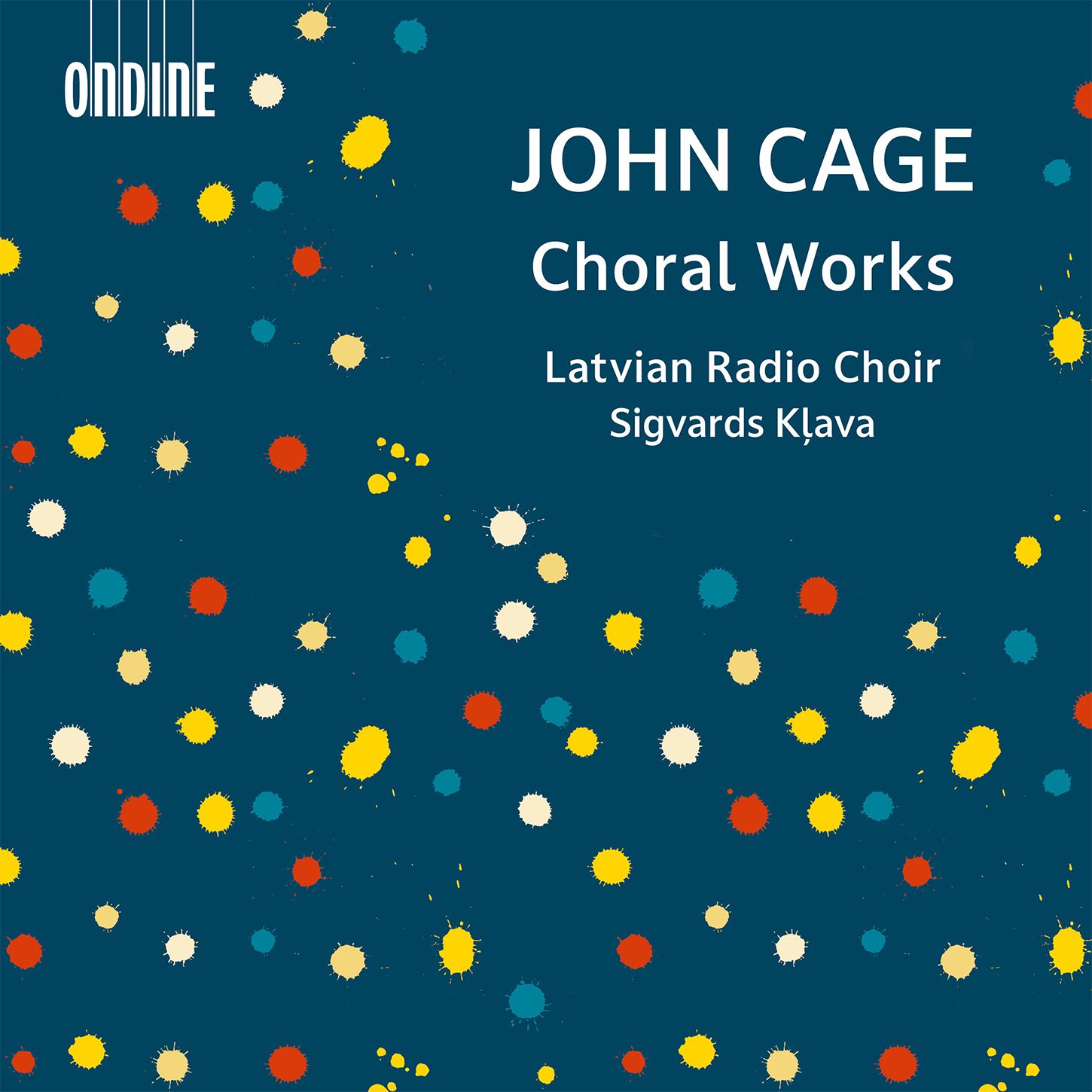John Cage: Choral Works via Latvia
This superb disc would make a wonderful introduction to the music of John Cage

This fascinating release by the Latvian Radio Choir under Sigvards Klava showcases choral works by the legendary American composer and music pioneer John Cage (1912–1992), a composer possibly most famous for his piece 4"33.
Cage came late to choral writing, and indeed onluy two of the works on this disc are designated as such (his only two sepcifically for this medium): Hymns and Variations (1979, when Cage was 67 years old) and Four2 (1990). The other works on the album are written for ensembles of open-ended instrumentation and which have been interpreted here for choral forces.
Cage and harmony are frequently thought of as opposites: Arnold Schoenberg told Cage that he lacked any feeling for harmony, and that this would be a wall between him and his goal of being a composer. And yet, this album is pure magic.
Here is Ondine’s promo video as a starting point:
The first piece is Five (1988), the title simply indicating the number of performers (or parts, as here). This one was the last of the so-called ‘number pieces’ and it cis made up of pitch ranges (generally high) and can be played by any instruments or performers. The piece emerges here as static, and decidedly ethereal. It also gives a hint as to the excellence of the Latvian Radio Choir, whom we met before in this post on the choral music of Anton Bruckner. And here, indeed, is Five:
For his Hymns and Variations, Cage uses a technique he called subreaction - a type of musical “filtering” in which the composer selected which notes to retain, which to extend, and using silence instead of the removed notes. The resuly is markedly pointillist when one listens to the two sutractions and the result (what Cage calls “Hymn A” and “Hymn B” (the two hymns are both by William Billings, both from the 1770 collection The New England Psalm-Singer: Old North and Heath). This is a very different musical surface from Five:
The restrained nature of the writing is almost reverential: listen to how Variation III moves naturally to the slightly more fragmented Variation IV:
...and thence to the purity of Variation V (listen to the soprano contribution in particular):
.. and the sheer beauty of Variation IX, the penultimate variation:
The piece Four2 is decidedly more floaty: written for a high school choir, the text is drawn from the letters in the name of the school’s home state of “Oregon”. This means that it was actually written with chorus in mind, and ineed it emerges as a slow moving, somewhat ethereal, timeless chorale. The choral balance from the Latvian choir is a miracle here - listen, and just let the music take you away on a journey:
... and finally, Four6, a piece in whic the parameters Cage gives are even looser: each performer is asked to select 12 sounds that can be extended in time (Cage uses time brackets to articulate the chosen sounds). The Latvian performance of Four6 sounds, to my ears, more like Stockhausen than Cage (and there are some remarkable vocal sounds here). In fact, some of the sounds (think a vocal equivalent of a trumpet's 'wha-wha' mute) very much put me in mind of Stockhausen's Stimmung. Some ofteh vocal sounds are utterly remarkable: never have I heard a soprano sound exactly like a seagull, for example!. The piece, incidentally, lasts a full half-hour, so is quite the immersive experience:
A phenomenal disc. The Latvian Radio Choir is one of the World's great choirs, and underb Sigvards Klava's direction they are doing remarkable things. The Ondine recording (made across two locations in Riga) is spectacular in its choral placement, ambience and clarity: recording engineer Agnese Strejča certainly merits a mention for her expertise.
This superb disc would make a wonderful introduction to the music of John Cage.
